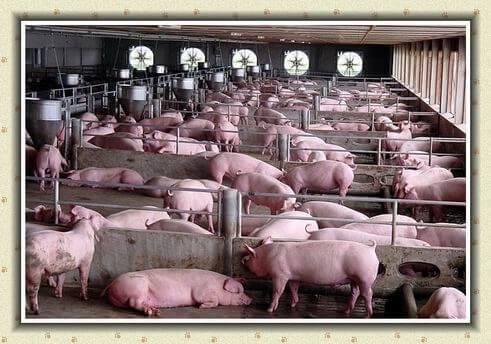In an era where consumer awareness grows increasingly paramount, the pork industry has embarked on a vital journey toward illuminating their practices. Transparency efforts have escalated significantly. Agricultural producers, representing merely 2 percent of the American population, face mounting pressure to connect with the remaining 98 percent—folks now typically two or more generations detached from farming backgrounds.
Social media platforms have emerged as indispensable tools for this purpose. They bridge vast knowledge divides. The National Pork Board grasped this reality when launching online resources back in October 2016, including their comprehensive “Pork Quick Facts” and extensive “Pork Checkoff Photo Library.” These digital arsenals provide consumers, students, curious journalists, and educators with unfettered access to authentic production information. Jan Archer, who served as NPB president while simultaneously raising pigs in North Carolina, highlighted this fundamental need: sharing accurate depictions of how safe, premium-quality pork reaches American tables stands as a pivotal industry obligation.
The Pork Checkoff Photo Library particularly stands out among these initiatives—housing over 1,000 high-resolution photographs available for immediate download. Users can navigate through logically arranged categories: pigs, safety protocols, transportation methods, environmental interactions, and diverse farming operations. These visual narratives weave compelling stories that words alone cannot achieve.
Companies across the sector have recognized that varying approaches resonate differently with diverse audience segments. The transparency adventure doesn’t follow rigid structure—solutions resist one-size-fits-all methodologies. Food enterprises benefit tremendously when utilizing multiple channels for conveying their production narratives. Industry giants like The Maschhoffs demonstrate this principle effectively.
As the fourth largest hog production enterprise in North America, The Maschhoffs took an innovative stride by incorporating an interactive map detailing their entire swine production process on their corporate website. This family-owned operation, while headquartered in Illinois, reaches global markets and raises five million pigs annually. Their visualization tool offers researchers unprecedented opportunity to identify which specific facets of pork production most powerfully capture consumer attention or trigger concern.
The transparency movement continues gaining momentum through unexpected avenues. Recent TikTok videos showing young women dancing while discovering pork’s mood-enhancing qualities represent part of broader promotional efforts. These social media campaigns stem from controversial quasi-governmental programs known as “checkoffs”—promotional groups guided by government-appointed boards and funded through mandated fees collected from farmers.
Such campaigns have stirred serious questions about accountability mechanisms. Critics sometimes question the federal government’s appropriate role in promoting meat products to younger generations. Yet proponents argue these efforts serve essential educational functions, particularly as decreasing portions of Americans understand fundamental agricultural processes.
Beth Stevermer exemplifies individuals committed to advancing deeper transparency. She pursued legal education specifically to combat misleading labeling practices within food systems. Her dedication illustrates the integral concern many industry insiders share regarding truthful communication with consumers.
Research suggests consumers engage most meaningfully when presented with visual documentation of actual farming practices. Studies analyzing visual attention patterns reveal that consumers devote considerable cognitive resources toward understanding production techniques when information becomes visually accessible. This finding highlights why photographic libraries and interactive maps deliver exceptional value as transparency tools.
The industry’s enhanced communication strategies arrive at a decisive moment. As generations become further separated from agricultural roots, misconceptions easily flourish in knowledge vacuums. By establishing direct visual connections between farm operations and dinner plates, pork producers attempt to reforge broken links in consumers’ understanding.
However, the road toward complete transparency contains uncomfortable stretches. Certain aspects of modern livestock production strike unfamiliar observers as concerning, regardless of their established safety records. The challenge involves acknowledging these perceptions without undermining scientific consensus regarding standard practices.
The pork sector continues searching for that perfect balance—providing genuine windows into production without overwhelming consumers with excessive technical details. Social media, with its capacity for brief, engaging content delivery, might finally provide the appropriate medium for this nuanced communication challenge. Through these authentic digital glimpses into farming operations, producers hope to establish fresh connections with increasingly curious consumers who demand to understand how their food journeys from farm to fork.

